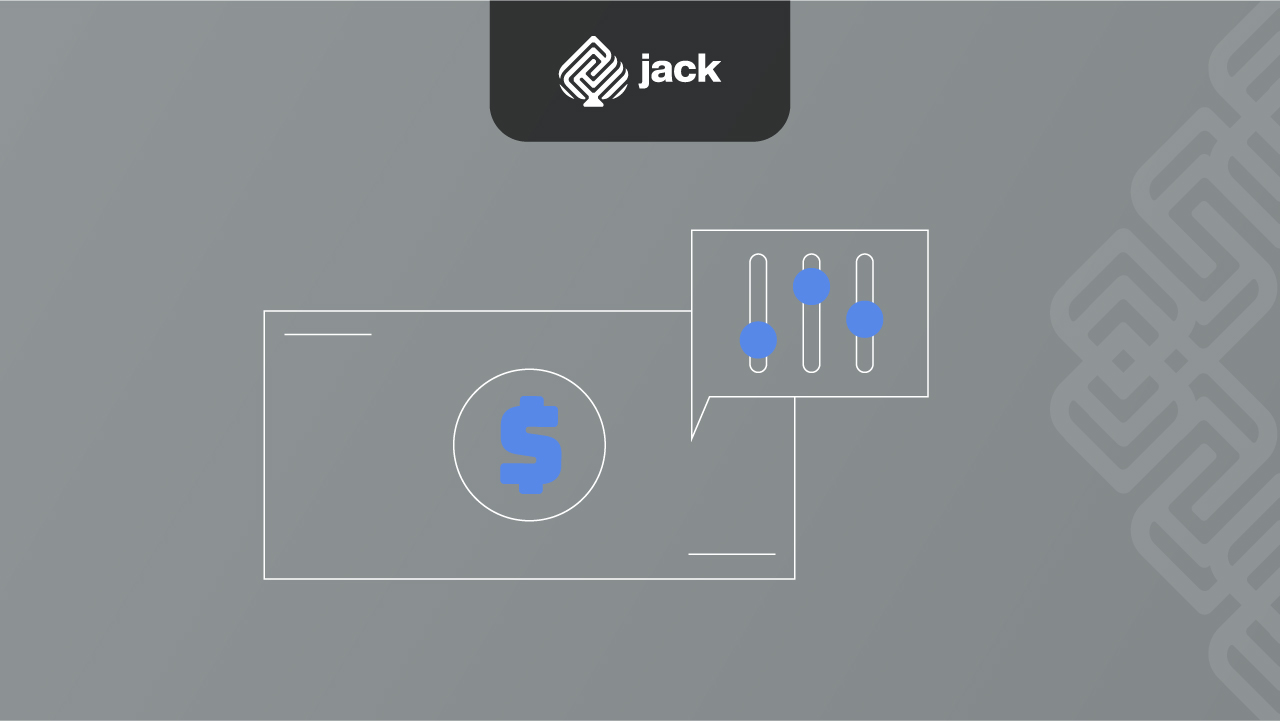Receivables refer to an agreement between two or more parties. Generally, receivables are established between the relevant individual or company without involving any third party. But what if these receivables can be transferred or assigned to another party?
From a financial standpoint, transferable or assignable receivables can indeed be transferred. The term used to describe this is “Cessie.” To understand what Cessie is and various other types of agreements, let’s delve into the complete explanation below.
Definition of Cessie

Firstly, Cessie refers to the transfer of rights to intangible goods, particularly receivables, to a third party. The intangible goods in question usually take the form of receivables in the name of someone else. Cessie can be carried out through an authentic deed or a private agreement.
The main requirement for the validity of Cessie is the notification of the assignment to the debtor and their subsequent acknowledgment and approval. The debtor here refers to the party owing the receivables.
Regulations on Cessie (Transferable Receivables)
The regulations governing Cessie are outlined in Article 613 of the Indonesian Civil Code. In practice, in the Indonesian business context, Cessie is typically formalized through an “Assignment Deed.” The essential elements covered in the Assignment Deed are as follows:
- The parties involved, namely the party holding the receivables (Transferor) and the party receiving the transfer of receivables (Transferee).
- The declaration of the transfer of receivables by the Transferor to the Transferee and the acknowledgment of such transfer by the Transferee.
- The requirement for notification from the Transferor to the debtor. The debtor affirms that they have acknowledged the transfer of their indebtedness from the Transferor to the Transferee.
- This Cessie deed is commonly used in the context of debt agreements or ordinary receivables. It can be used in various trade transactions such as installment purchases of goods, loan agreements, and accounts receivable financing or factoring.
The aforementioned points are within the context of debt and receivable agreements, whether for trade or loan purposes. Generally, in the context of transferring intangible property rights, it is used as security for the repayment of receivables.
In this context, the content of the Cessie deed may differ slightly from a typical Cessie deed. This specialized Cessie deed is based on the provision of a nullity clause. This means that the Cessie deed will terminate upon the full repayment of the debt or loan by the debtor.
Parties Involved in Transferable Receivables
In a Cessie transaction, at least three parties are involved, as detailed below:
- The original creditor, who transfers the receivables (cedent).
- The new creditor, who receives the transfer (cessionary).
- The debtor, who owes the debt (cessus).
Differences between Subrogation, Novation, and Cession
In the world of transferable receivables, there are three closely related terms: Subrogation, Novation, and Cession. After understanding Cession, it’s important to also comprehend what Subrogation and Novation are, and how they differ:
Definition of Subrogation
Subrogation is the substitution of rights by a third party who pays the creditor. The legal basis for subrogation is found in Book III of the Indonesian Civil Code (BW) from Article 1400 BW to Article 1403 BW.
Subrogation involves multiple creditors and one debtor. It requires payment from the new creditor to the old creditor as a key element of Subrogation.
Definition of Novation
Novation is the renewal of a debt based on an agreement between both parties involved. In Novation, the creditor and debtor agree to extinguish the old obligation and replace it with a new one.
The legal basis for Novation is covered in Book III of the Indonesian Civil Code from Article 1413 BW to Article 1424 BW. The elements for Novation include an agreement between the creditor and debtor, the annulment of the old obligation, and the substitution with a new obligation.
Based on the explanations above, we can highlight the differences between Subrogation, Novation, and Cession as follows:
- Cession always occurs through an agreement, while Subrogation can occur through both law and agreement.
- Cession always requires a deed, while Subrogation is not always necessary unless it arises from an agreement.
- In Cession, the role of the creditor is essential, while in Subrogation resulting from law or agreement, the creditor is not necessary.
- Subrogation occurs due to payment, while Cession can occur through sale and purchase or debt and credit.
- Cession requires prior notification to the debtor, while notification is not always necessary in Subrogation.
- In Cession, the old debt is not extinguished, whereas in Novation, the old debt is cancelled and then revived. In Subrogation, the old obligation is cancelled due to payment, but it can be revived, and the new creditor replaces the position of the old creditor.
- Novation occurs as a result of triangular negotiations, while in Subrogation, the debtor remains passive.
How to Carry Out Transferable Receivables
According to Article 613 of the Indonesian Civil Code, Cession or transferable receivables can be executed without the knowledge and consent of the debtor. Cession is simply carried out by the original creditor and the new creditor. The completion of Cession is marked by the signing of the Cession deed. This means that the ownership of the receivables is transferred from the original creditor to the new creditor.
However, as stated in Article 613 of the Indonesian Civil Code, for the agreement on the transfer of receivables made by the original creditor and the new creditor to have legal consequences for the debtor, the debtor must be notified of the transfer or provide written consent or acknowledgment.
Use Jack for your business needs
That’s the understanding of transferable receivables from a financial perspective. We hope this information is beneficial.






